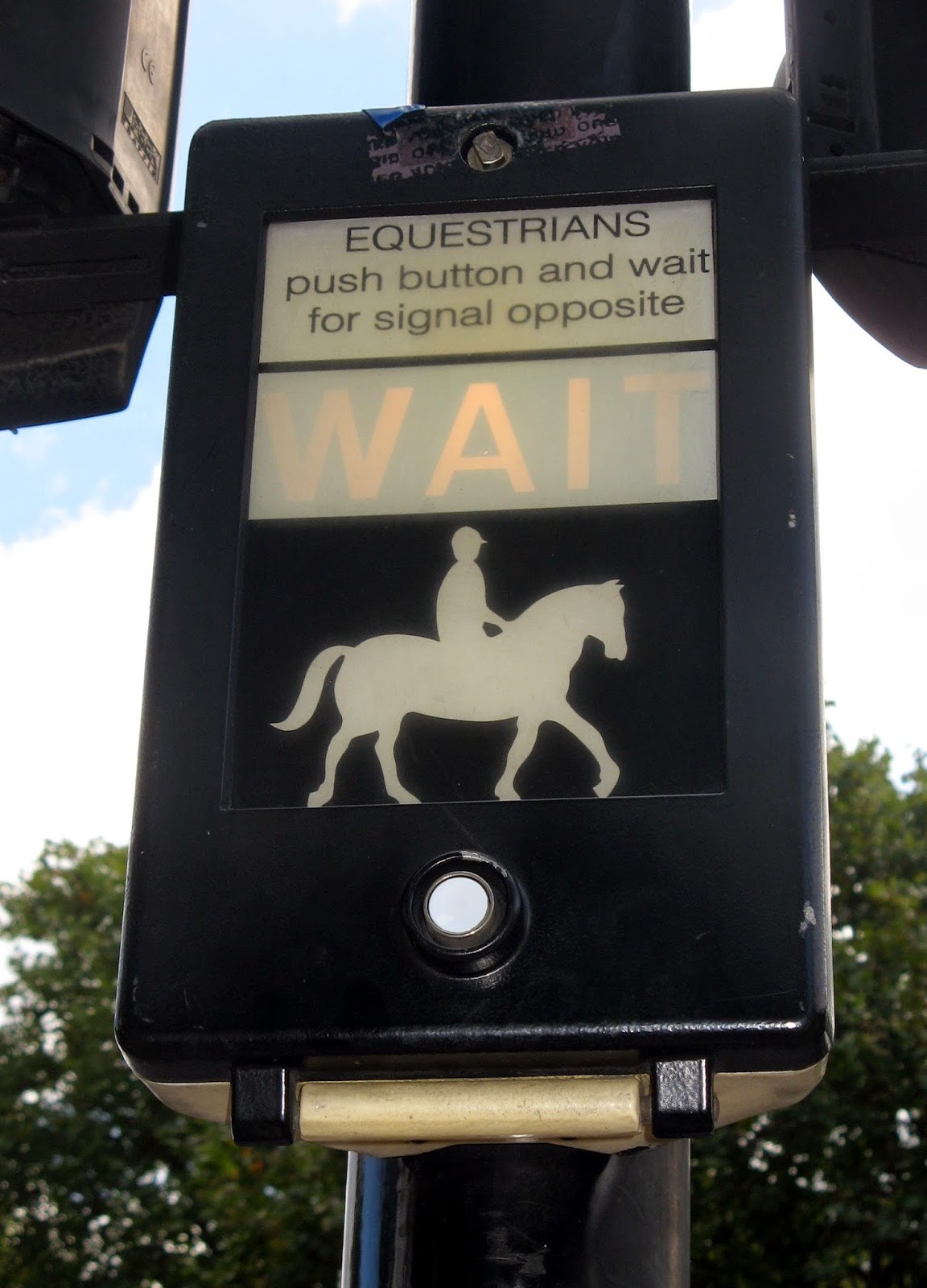Have you ever thought about ‘space’ in literature, in particular fiction, and I don’t mean interplanetary space. The concept of space in literature has not been dealt with as critically as the concept of time and is not as obvious. Yet, fiction takes place in time and space; the act of writing requires time which allows space to be delineated.
Time and space interplay in reality and, therefore, in fiction. How does fiction translate the attitudes of human beings towards their environment - the space in which they move, feel and interact?
The act of writing creates space
At the beginning, before pen touches paper, there is nothing; something must be created.
The writer delineates the setting in which fictional characters move. By doing so the writer evokes a distinct atmosphere. Every single sentence that is composed forms the creation of one more element of space and in the end, fictional worlds take shape through spatial language, for example, up and down, big and small, far and near, open and closed.
Find the spatial elements in writing
Take a page or two or a chapter of a book and consider the literary devices that confine or create movement. Maybe consider the mechanics, the structure and style. Does the story lack structure? If so, why? What was the author's intention? Take notice of the choice of vocabulary and descriptive spatial markers that affect the characters psychologically and physically.
Compare spatial values allocated
Study whether the narrator gives more space to the protagonist or to the environment or to the minor characters. Compare their spatial values and what they add to the story. Start simply. If some of the characters have more freedom of movement than others – how do you know? Which words are used to get these ideas across to you?When reading with the idea of spatial limitations or freedoms, reflect on, for example, spaciousness and crowding: space and spaciousness is relative and vast empty spaces have both positive and negative qualities depending on the experience the reader brings to the book.
Social Mapping
When thinking of spatial boundaries, consider social mapping and the limitations that this concept defines, for instance, the invisible social fences imposed by society and its institutions. You can do this just by examining which jobs or roles are permissible for women or ethnic groups in the book you are reading.You may notice that a particular social map becomes a way to control personal, social or cultural experience. These types of maps, instead of encouraging freedom and travel, serve to confine women and minority groups.
Evolution of time
Sometimes, the evolution in time in some characters is more important than their movement in space. However, even a character who is described throughout various points in her life (tempio) but is always depicted indoors (or perhaps even more explicitly, relegated to life in the kitchen, living room and bedroom) says a lot about that character’s perspective and its acquired limitations. Read with space in mind and pay attention to the allocation of spatial language and techniques and the philosophical /sociological/ psychological transparency of the author’s fictional purpose will surface.To get a feel of space in literature, read novels such as:
- Manette Ansay’s Vinegar Hill
- Eva Hoffman’s Lost in Translation
- Anita Brookner's Hotel Du Lac











Comments
Post a Comment